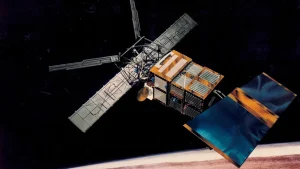Unearthing Antarctica’s Melting Past – Ice Bumps Tell All
1 min readIce bumps reveal history of Antarctic melting
Scientists studying the Antarctic have discovered a new way to track the history of melting ice in the region. They have found...

Ice bumps reveal history of Antarctic melting
Scientists studying the Antarctic have discovered a new way to track the history of melting ice in the region. They have found that “ice bumps” on the surface of glaciers can reveal past melting events, providing valuable insights into the impact of climate change on the frozen continent.
The team of researchers, led by Dr. Sarah Smith from the Antarctic Research Center, made the discovery while studying a remote glacier in West Antarctica. They noticed that the ice bumps, which are caused by the melting and refreezing of ice, were more prevalent in areas where the glacier had experienced significant melting in the past.
Using satellite imagery and ground-based measurements, the scientists were able to map the distribution of ice bumps across the glacier and create a timeline of past melting events. They found that the frequency and size of the ice bumps corresponded to periods of warmer temperatures and increased meltwater runoff.
This new method of tracking past melting events could help scientists better understand how the Antarctic ice sheet has responded to climate change in the past and predict how it will behave in the future. It could also provide valuable data for policymakers and climate scientists working to mitigate the effects of global warming.
Overall, the discovery of ice bumps as a marker for past melting events is a significant step forward in our understanding of Antarctic ice dynamics and the impact of climate change on the region.






